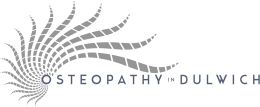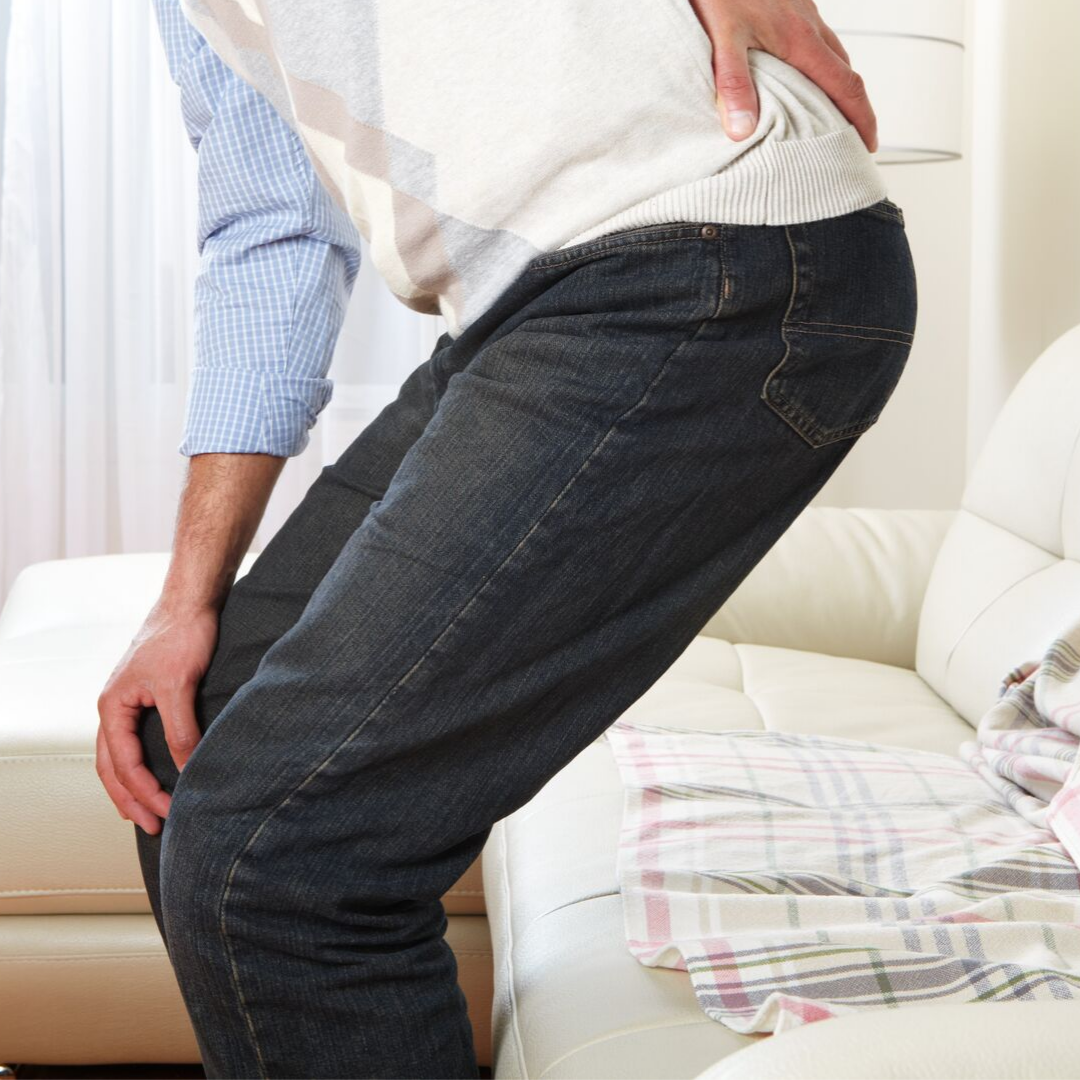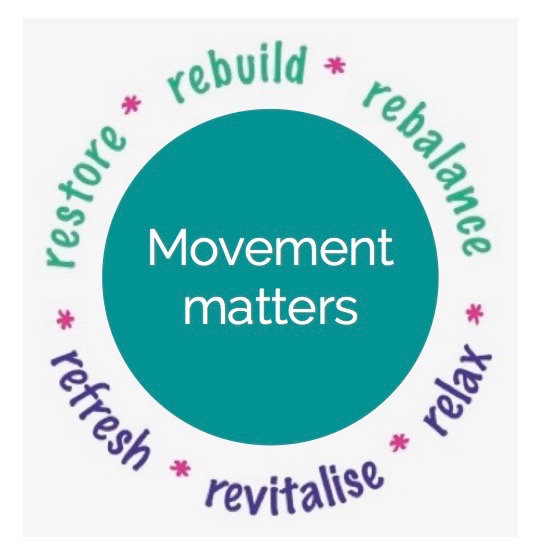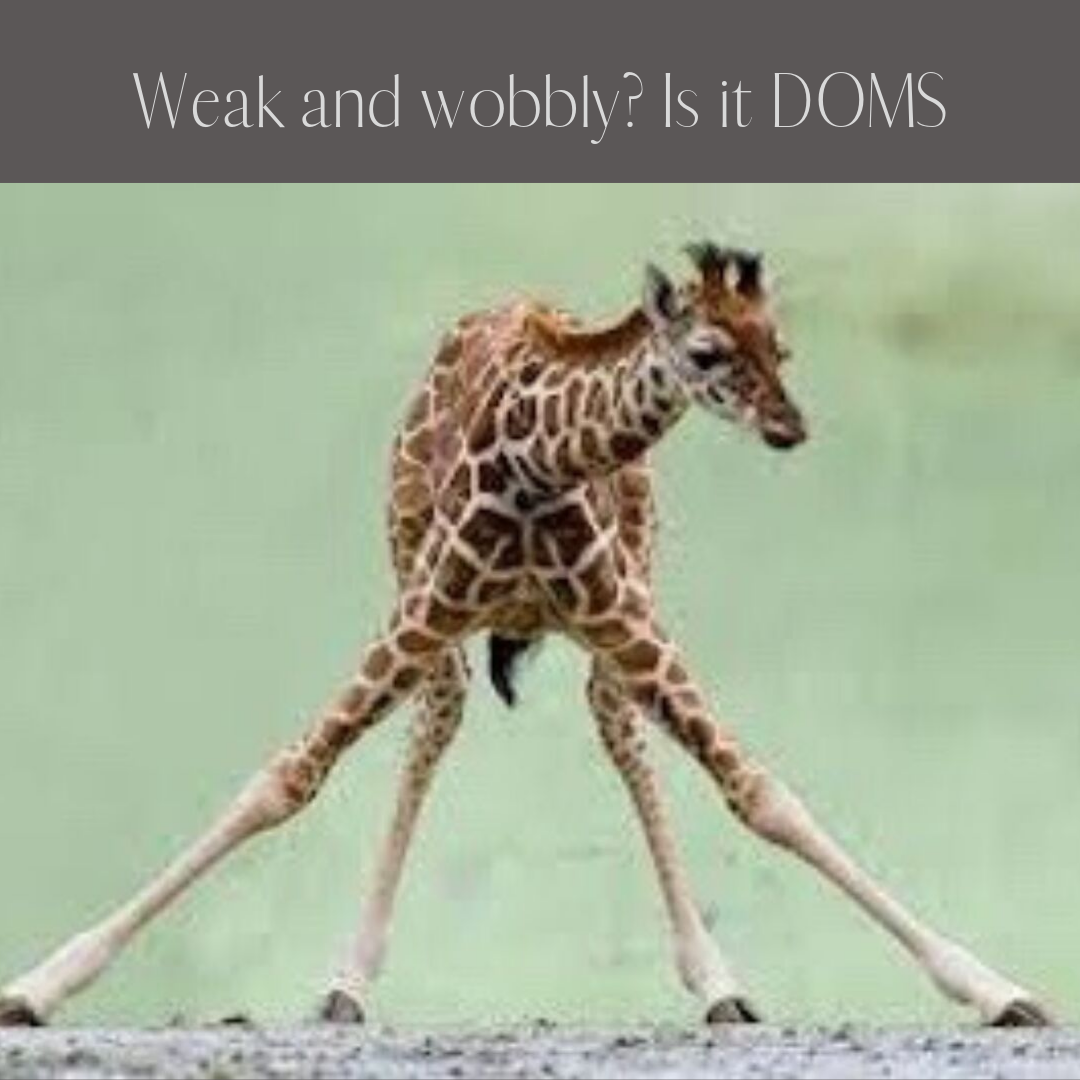The “core” is scientifically called the lumbopelvic-hip complex (LPHC). It’s everything our head, arms and legs attach too, the torso or trunk of the body. Most often its acts as a stabiliser and force transfer, yet people focus on training it in isolation as a prime mover, with exercises like sit-ups, crunches, and planks. If …
Category Archives: Exercise
Pain, what’s really going on?
Pain is tricky; it can be a valuable and potentially life-saving protection mechanism. You only have to touch something unexpectedly hot to appreciate that the resulting OUCH was helpful because it made you pull your hand away and prevent possible further injury. But what exactly is pain?
Core stability, demystifying the myths.
Almost every day, I hear someone talking about their core, usually stating that they need to strengthen it, or that having a strong one [core] will cure their back pain… mmm [sigh]. Here’s a recent example; a new patient lets call him mister B was telling me that a trainer had told them they needed …
Spinal Stenosis
Spinal stenosis is a common back condition where the nerve roots or the spinal cord become pinched or compressed because the spaces within the spinal canal narrowing. It affects men and women in equal numbers, and around 10% of the UK population is believed to be living with this condition. Who gets it, are you …
Calming the monkey mind
Mindfulness and meditation are everywhere; it’s being offered as a cure-all for everything from IBS and low-self esteem to help pain management and depression. There is good science to confirm the benefits, and growing research shows that when people train to be more mindful, they are rewiring the physical structure of their brain, but what …
Movement matters, 5 exercise hacks for standing and balance
Proper alignment can help your body move in a way that’s efficient and intelligent, it can reduce the risk of injury and prevent wear and tear on joints. Standing well has other benefits too, our respiratory and digestive systems are more efficient when the body is aligned, and we can appear more confident. This simple …
Continue reading “Movement matters, 5 exercise hacks for standing and balance”
Prehabilitation, explained and how it can enhance your life.
Most people will have heard of physical or health rehabilitation, which aims to help people restore their full health or their normal life through hands-on therapy and physical training usually after illness, injury or surgery.
Movement matters: exercise hacks for low back health
As an osteopath and Pilates teacher movement is always the first and most important goal I consider in my treatment plan. We need to get blood and other body fluids moving to naturally lengthen, contract and relax muscles. With the simple aim to create strong, flexible bodies and building resilience for everyday activities.Supporting people to …
Continue reading “Movement matters: exercise hacks for low back health”
Reasons to seek out osteopathic treatment
Following on from a previous post (osteopathic treatment is different) here are 5 more reasons the osteopathic approach to healthcare and wellbeing is different.
Delayed onset muscle soreness, explained.
Delayed-onset muscle soreness or DOMS is exercise-related muscle pain, which often peaks a day or two after the event. It is known as muscle fever, a beautiful exotic explanation to describe the distinctive muscle pain and soreness that nearly everyone experiences after intense or unfamiliar exercise. Muscle fever is a meaningful term because DOMS makes …
Continue reading “Delayed onset muscle soreness, explained. “









